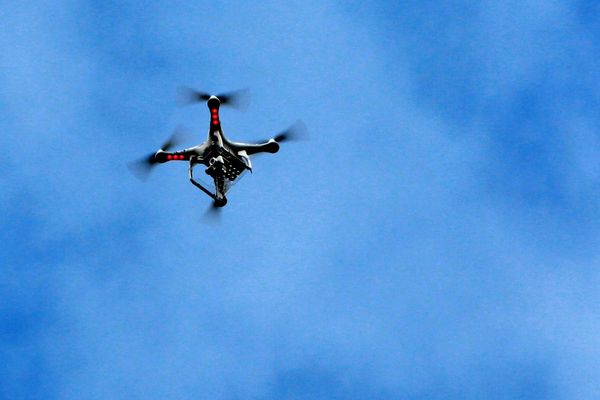
Labor has revamped Australia’s response to climate change and environmental degradation, redirecting nearly $750m in Coalition commitments, including some spending on gas and carbon capture and storage.
As revealed by Guardian Australia, the first Albanese government budget scrapped a Scott Morrison-era electricity generation underwriting scheme that was promised, but failed, to build up to five new gas-fired power generators and six hydro plants. It also reduced and “realigned” support for CCS away from new fossil fuel developments.
Instead, the government promised $141m over a decade to develop CCS in “hard-to-abate” industries in which there were few alternatives to cut emissions, such as cement manufacturing. Some of the funding would also be directed to “negative emissions” technologies that aim to remove carbon dioxide from the atmosphere and store it, such as direct air capture.
But the bulk of that CCS funding has been delayed until after the four-year period set out in the budget papers, pushing it beyond 2025 – and the next election.
The government confirmed previously announced climate and environment commitments, including $20bn over 10 years for its rewiring the nation program to provide low-cost finance for new electricity transmission links. About $6bn of that was promised last week to help build the Marinus link – two new subsea transmission cables across Bass Strait – and the Kerang link between Victoria and New South Wales.
It said it would establish a $1.9bn “powering the regions” fund to support jobs and emissions cuts in regional areas. There was $47.1m over four years for the Climate Change Authority, which has been given an expanded advisory role after having its funding slashed by the Coalition, $306.5m for community batteries and and solar banks and an extra $275m for electric and zero emissions vehicle charging.
The climate change minister, Chris Bowen, said: “This is Australia’s roadmap to delivering cleaner, more affordable energy to households and businesses, putting us on track to be a renewable energy superpower.”
One of the biggest changes in the budget was the inclusion for the first time of a statement on the fiscal impact of climate change. It said physical impacts such as higher average temperatures and more extreme weather events would increasingly affect Australia’s fiscal position.
As they became more frequent, they would lower productivity, damage physical capital and disrupt some regions and industries. This would erode the country’s tax base and “put upward pressure on expenditure” – in other words, force governments to spend more.
The government said it would include indicators of the impact of climate change and a list of climate spending in each budget. It said it would ensure climate considerations were better incorporated in decision-making by training the public service and rebuilding Treasury’s climate modelling capability.
The budget papers made clear the impact of climate change was already being felt. They included preliminary estimates that this month’s current floods would lower GDP growth by about 0.25 percentage points. The damage was expected to add 0.1 percentage points to inflation in this quarter and again next quarter, mainly due to higher fruit and vegetable prices and supply chain disruptions.
A table of key climate-related spending lists $24.9bn in commitments over the next eight years, with rewiring the nation and powering the regions the largest.
In the environment portfolio, the government promised $1.8bn in what the minister, Tanya Plibersek, called a “down payment on strong action to protect, restore and manage” nature. The biggest chunk was a previously announced $1.2bn for programs to support the Great Barrier Reef promised over a decade.
Labor’s climate and environment programs were funded in part by redirecting $746.9m from programs promised by the Coalition, including $325.9m from an energy and emissions reduction program that included money for gas and CCS projects and $89.9m that had been dedicated to the former government’s low-emissions technology investment roadmap, which also included support for CCS.
It said it saved $63.9m by abolishing the underwriting new energy generation program and committed the funding to energy storage technologies.
The budget also revealed dramatically different priorities on water projects compared with the Coalition’s last budget in March. Major projects championed by the Nationals to expand agriculture, including Hells Gate Dam, the Hughenden irrigation scheme in Queensland and the Dungowan and Wyangala dams in NSW, have been dumped or postponed. Instead the government has allocated $278m over five years for “nationally significant transformational projects”, such as securing Cairns’ water supply.
It said the Murray-Darling Basin Authority would get a boost of $51.9m over five years to update its understanding of climate change and its impacts on the basin. It would also receive $22.9m “to update the science of water management”.
The budget also included an unpublished amount of “initial funding” towards “meeting the environmental water targets in the plan” – likely to be funds for more voluntary water buybacks. It has become clear that neither NSW nor Victoria will meet commitments under the plan by 2024.







